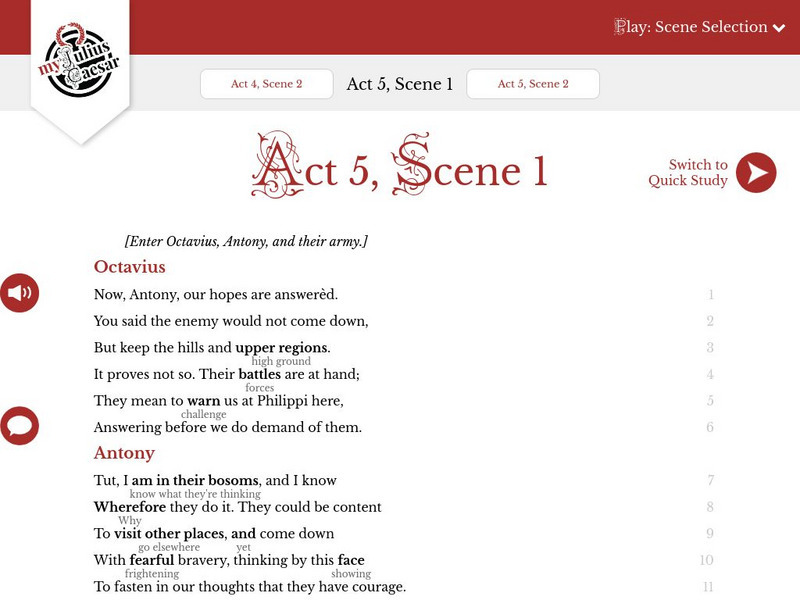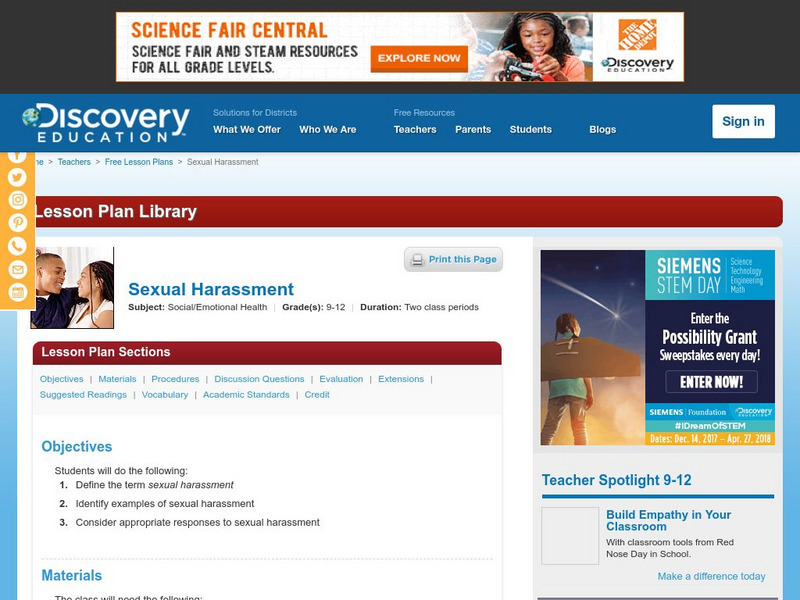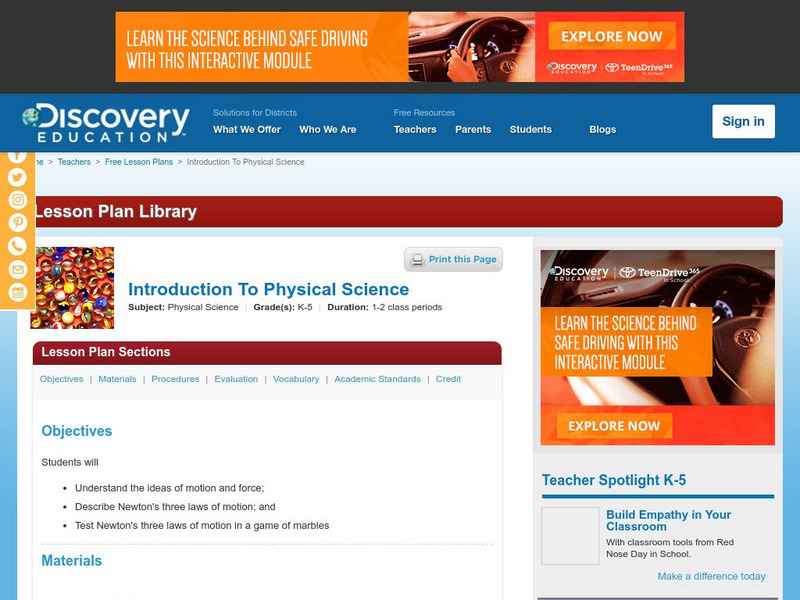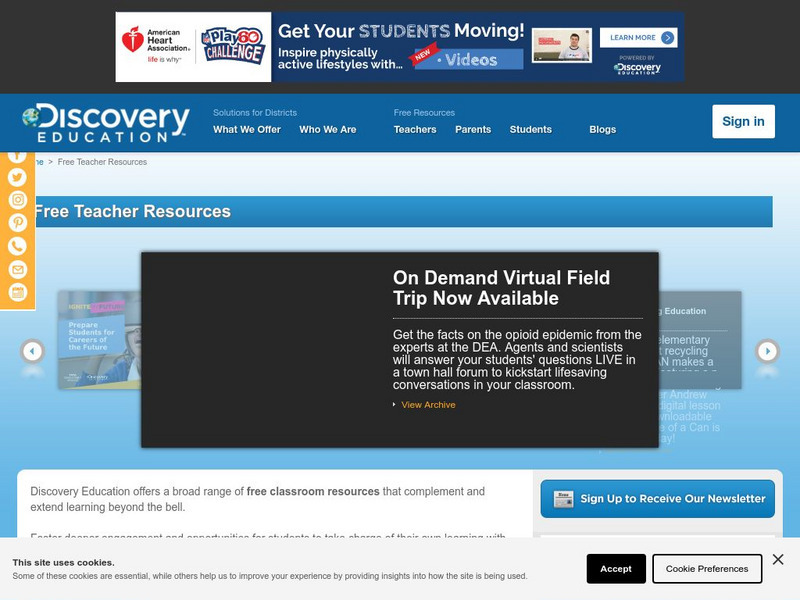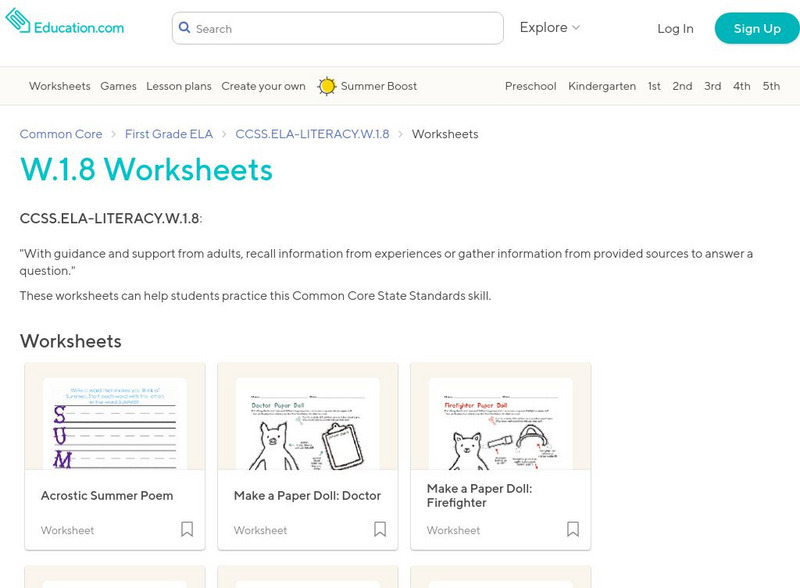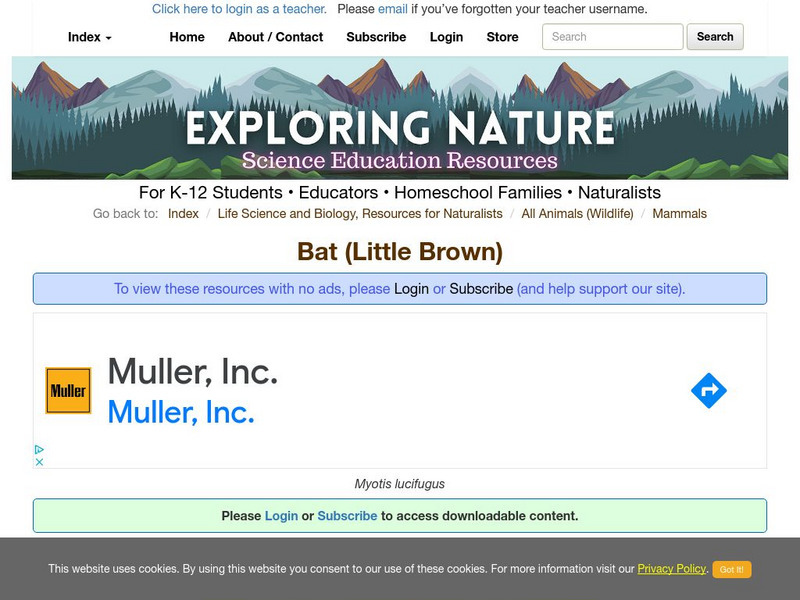Common Sense Media
Common Sense Media: Education: Lesson: Who Is in Your Online Community?
[Free Registration/Login Required] By learning the Rings of Responsibility, 2nd graders explore how the Internet connects us to people in our community and throughout the world. Help students to think critically about the different ways...
Common Sense Media
Common Sense Media: Education: Lesson: Media Balance Is Important
[Free Registration/Login Required] In this lesson, students consider the feelings of themselves and others when making decisions about when, where, and how much to use technology. Includes slideshow, video, lesson plan, song and lyrics,...
Common Sense Media
Common Sense Media: Education: Lesson: How Technology Makes You Feel
[Free Registration/Login Required] This lesson challenges kids to pay attention to their feelings while using tech. With an engaging emoji game, 1st graders learn practical strategies for managing their feelings - good, bad, and...
Common Sense Media
Common Sense Media: Education: Lesson: That's Private!
[Free Registration/Login Required] Staying safe online is a lot like staying safe in the real world. By helping a Digital Citizen sign up for a new app, 2nd graders learn about the kinds of information they should keep to themselves when...
Social Security Administration
Social Security Administration: Social Security Educator Toolkit
Two lesson plans with ancillary materials; covers the whats, whys, hows of Social Security.
Other
Paradigm Education: My Shakespeare: Julius Caesar, Act 5, Scene 1
The text of Act V of The Tragedy of Julius Caesar, accompanied by audio narration. Be sure to advance to subsequent (or to other acts of the play) using the buttons at the top. Includes audio narration, performance clips, discussion...
Discovery Education
Discovery Education: Sexual Harassment
Use this lesson plan to teach students what sexual harassment is, how to identify acts of sexual harassment, and how to respond to it. This lesson requires simple materials and Internet access, provides several questions useful for both...
American Forum for Global Education
American Forum for Global Education: Missing the Point
Understanding cultural differences is one of the main concepts taught in this lesson from the American Forum for Global Education. Students take a close look at communication and cultural differences.
Education.com
Education.com: 1st Grade Opinion Writing Practice
[Free Registration/Login Required] This collection of worksheets will engage kids in writing their own opinions and identifying their reasons for these opinions. Graphic organizers for opinion writing and prompts with "I would rather"...
Other
Minerals Education Coalition: Minerals Database
This resource provides photographs of and information about various minerals.
Discovery Education
Discovery Education: Introduction to Physical Science
Introduce students to the ideas of motion and force in this hands-on lesson plan.
Discovery Education
Discovery Education: Numbers in Nature
This Fibonacci sequence lesson plan is aimed at grades 9-12, but would be appropriate for some junior high classes. It includes historical background and examples of Fibonacci numbers in nature, as well as suggested readings and ties to...
Discovery Education
Discovery Education: Understanding Tsunamis
Come and learn more about the devastating effects of tsunamis. This site features video segments revealing the devastation tsunamis can cause and how tsunamis are formed.
Education.com
Education.com: W.1.8 Worksheets
[Free Registration/Login Required] Choose from a variety of worksheets to practice the Common Core Standard of recalling information from experiences or gathering information from provided sources to answer a question.
American Forum for Global Education
American Forum for Global Education: Lullabies Link People
This site is provided for by the American Forum for Global Education. Using lullabies as the base of study, young scholars learn about cultural differences in child care and taking care of basic human needs.
Countries and Their Cultures
Countries and Their Cultures: Seychelles
Provides an overview of the culture of the Seychelles. Gives basic information on topics such as geography, ethnic makeup, languages, symbolism, economy, food, customs, social stratification, family life, education, religion, politics,...
Countries and Their Cultures
Countries and Their Cultures: Suriname
Provides an overview of the culture of Suriname. Gives basic information on topics such as geography, ethnic makeup, languages, symbolism, economy, food, customs, social stratification, family life, education, religion, politics, etc....
University of South Florida
Educational Technology Clearinghouse: Bombardment of Fort Henry
An interesting drawing of the Union ironclads bombarding the Confederate-held Fort Henry. Also included are the official comments of Flag Officer Andrew H. Foote, who accepted the surrender of the fort.
Eduweb
Educational Web Adventures: The Ecotourism Game
Will ecotourism help preserve the rainforest? Decide what to do and read the consequences.
Mariners' Museum and Park
Mariners' Museum: Education: Christopher Columbus: First Voyage
This resource provides information about Christopher Columbus and his voyages.
Exploring Nature
Exploring Nature Educational Resource: Bat (Red)
Explore facts about the red bat, including their habitat, body traits, diet, life span, reproduction traits, and complete classification.
Exploring Nature
Exploring Nature Educational Resource: Bat (Little Brown)
Learn basic facts about the little brown bat, where they live, what they eat, their reproduction patterns, their life span, and classification. A video of a live bat shows and explains its unique body traits and their functions. [1:26]
Exploring Nature
Exploring Nature Educational Resource: Bat (Big Brown)
Explore facts about the big brown bat, including their habitat, body traits, reproduction patterns, what they eat and their full classification.
Exploring Nature
Exploring Nature Educational Resource: Bat (Pallid)
Discover where pallid bats live, what they eat, their reproduction patterns, their lifespan, and their full classification.



